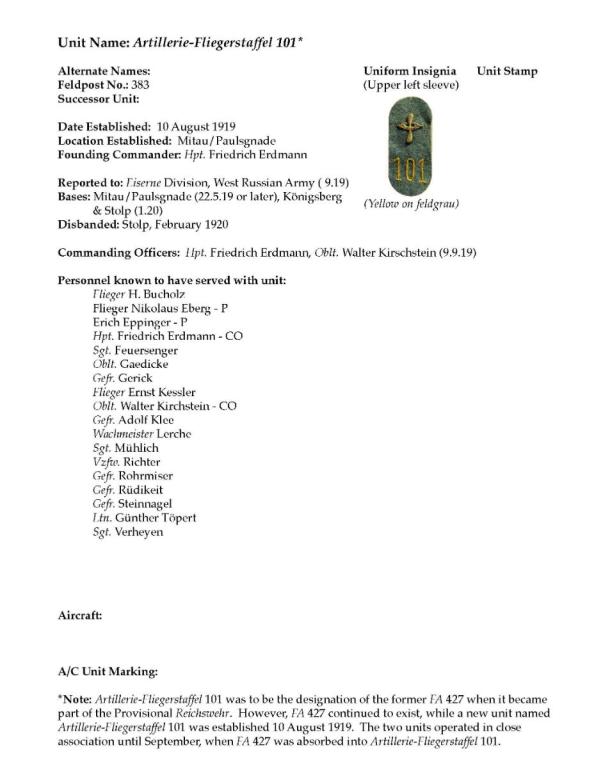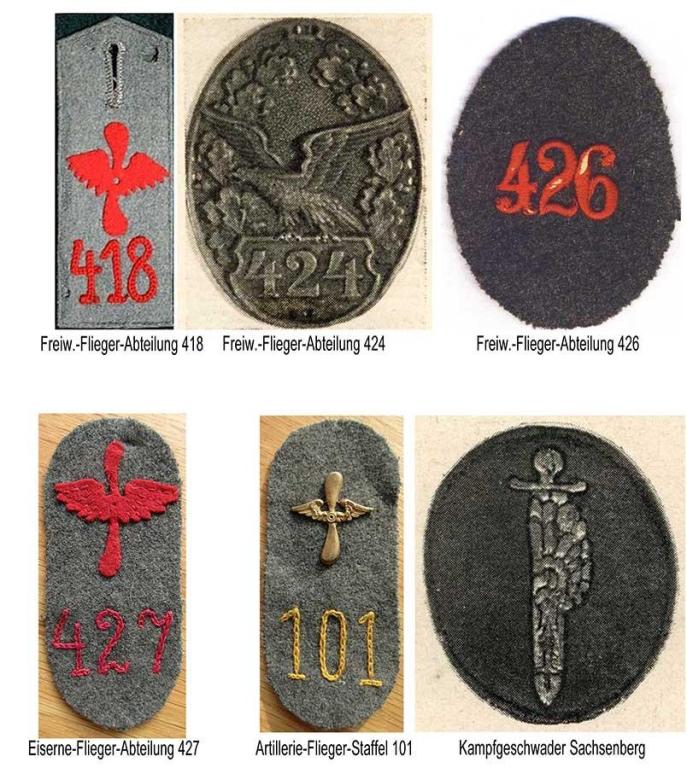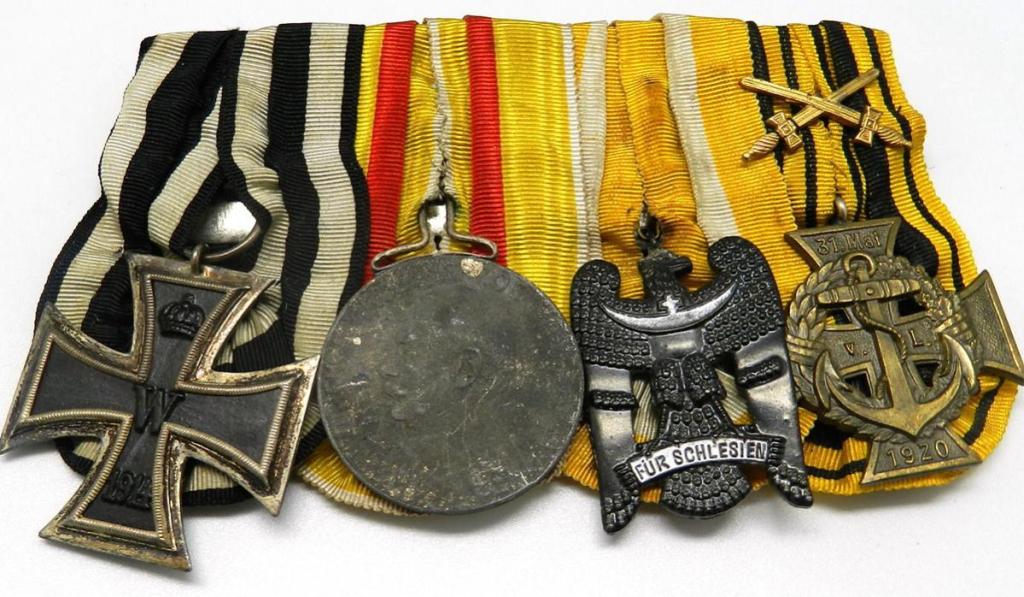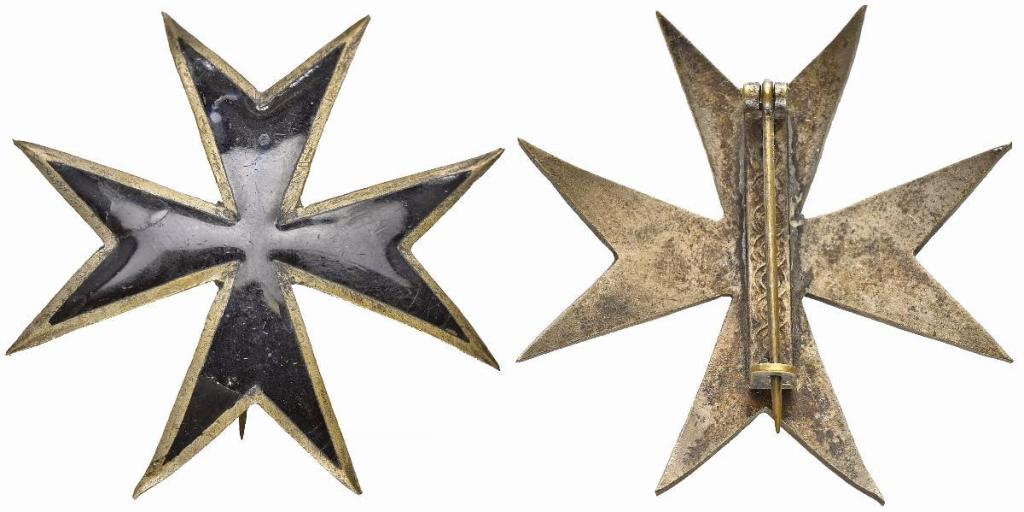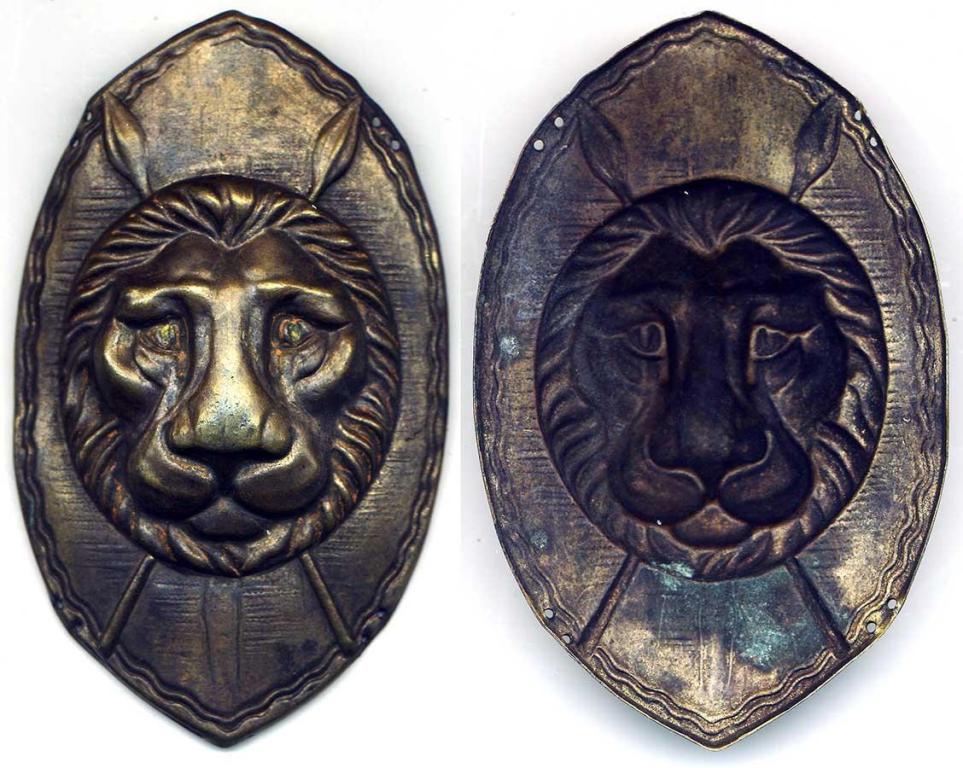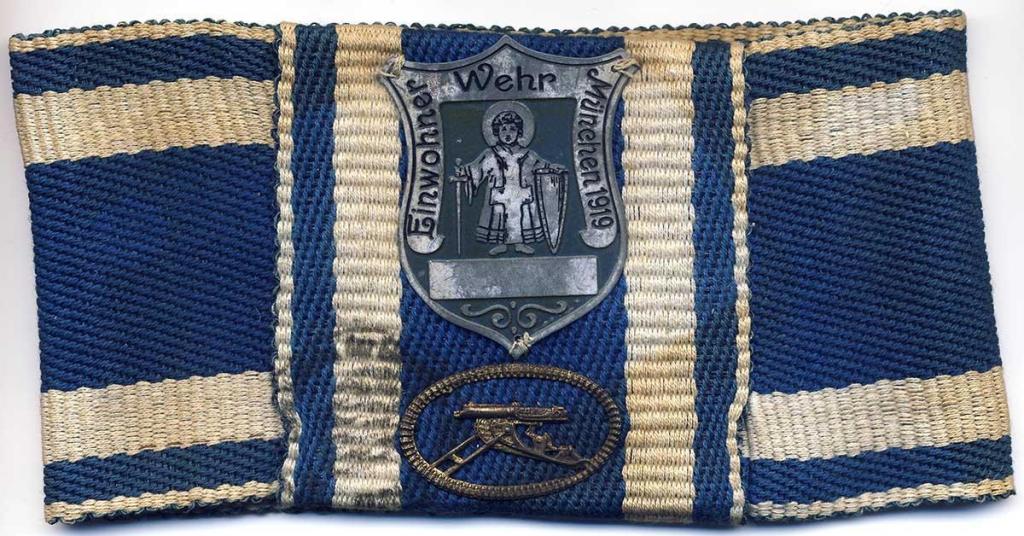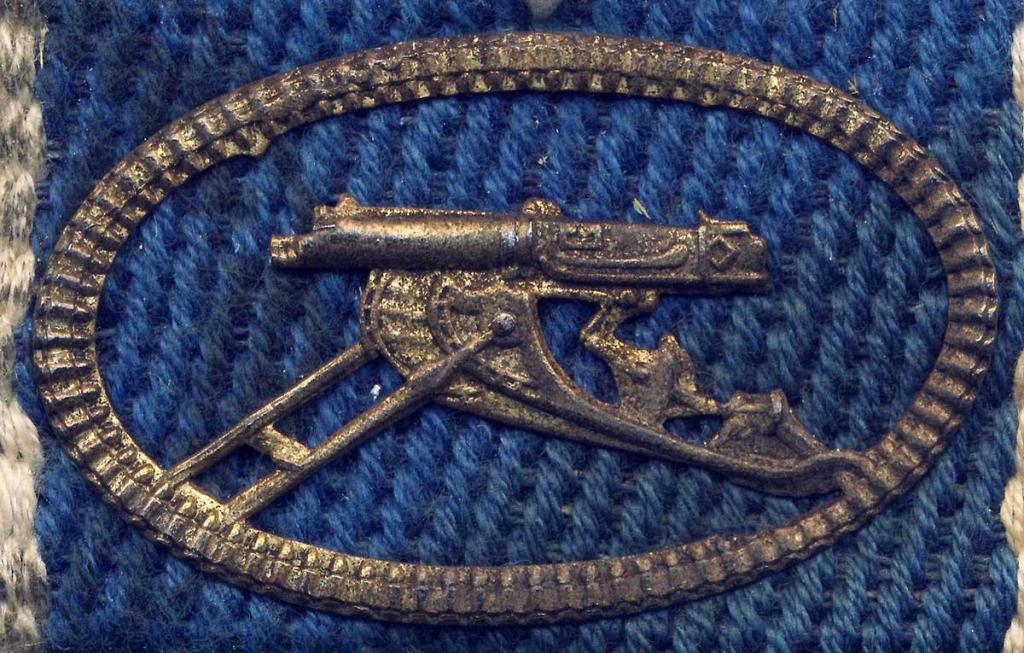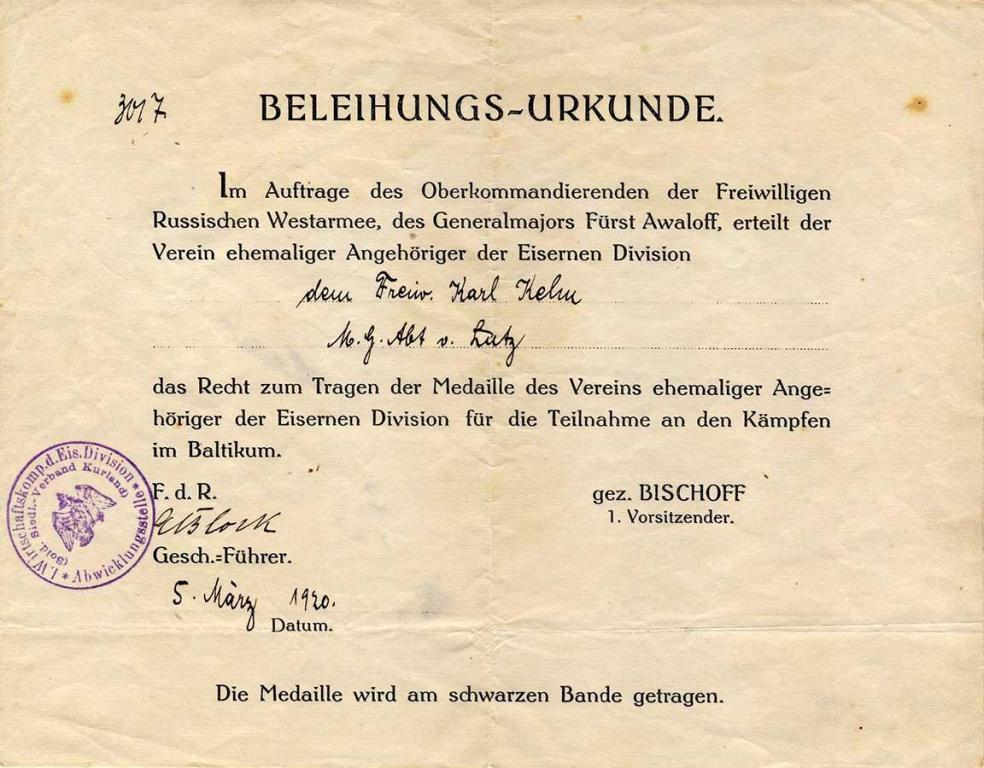
bolewts58
Active Contributor-
Posts
594 -
Joined
-
Last visited
-
Days Won
9
Content Type
Profiles
Forums
Blogs
Gallery
Events
Store
Everything posted by bolewts58
-
Schlesischer Adler / Silesian Eagles
bolewts58 replied to dond's topic in Germany: Weimar Republic & Deutsche Freikorps
I don't believe these groups are actually sold most of the time. These auctions often have a bidding history marked by the phrase "Angebot mit nicht öffentlicher Bieter-/Käuferliste" (Offer with non-public bidder / buyer list) which I think indicates that the seller has a shill bidder acting on his behalf in an attempt to get some interest. This is why the same groups often show up again and again for sale hoping that eventually some sucker will enter a genuine bid and buy them. -
Schlesischer Adler / Silesian Eagles
bolewts58 replied to dond's topic in Germany: Weimar Republic & Deutsche Freikorps
Fake group. The Silesian Eagle, the Iron Division Medal and the SSVK medal are all fake. The Lippe Merit Cross is likely fake as well. -
Freikorps Insignia
bolewts58 replied to Nick's topic in Germany: Weimar Republic & Deutsche Freikorps
These are some pages from a forthcoming book on Freikorps aviation to which I have made some contributions and which should come out sometime next year. -
Freikorps Insignia
bolewts58 replied to Nick's topic in Germany: Weimar Republic & Deutsche Freikorps
Freikorps Air Forces I have been assembling images of known Freikorps Volunteer Fighter Squadron insignia. FFA418 was commanded by Oberleutnant Oskar von Boenigk and was part of Grenzschutz Ost serving in upper Silesia until October 1919. FFA424, FFA426, Eiserne FA427 and Art.-Flieger-Staffel 101 were part of Kampfgeschwader Sachsenberg and fought until December 1919 in the Baltic campaign, first with the Iron Division and Deutsche Legion and finally with Bermondt-Avalov's Russian West Army. Here is the insignia I have identified so far. With the exception of FFA418, all of these were sleeve badges worn on the upper left sleeve. Eiserne-Flieger-Abteilung 427 and Artillerie-Flieger-Staffel 101 (from my collection) were co-designations of the same unit in the Iron Division. It was the main flying unit used in the attack on Riga in May 1919. The photo shows a member of Kampfgeschwader Sachsenberg wearing the unit badge above the MGSS badge. -
Freikorps Insignia
bolewts58 replied to Nick's topic in Germany: Weimar Republic & Deutsche Freikorps
very nice piece. -
Awaloff Cross Second Class?
bolewts58 replied to FALvonKyffhausen's topic in Germany: Weimar Republic & Deutsche Freikorps
This awards has been discussed before on several forums including this one. Russian Westarmee headquarters standard showing the design of the award. Here is the service cross for the Russian Westarmee from my collection on which the order was later based. Das Abzeichen für Dienstgrade der russische Westarmee (Badge for All Ranks of the Russian Western Army) -
Awaloff Cross Second Class?
bolewts58 replied to FALvonKyffhausen's topic in Germany: Weimar Republic & Deutsche Freikorps
I agree with VtwinVince. Originals of these are extremely rare. Chances of finding an original are very slim. eBay and some dealer sites are flooded with fakes in different class of this decoration. I only know of a couple of advanced collectors who have originals. Here is one of the few known originals. -
Anyone Else Noticed this 1813 EK1?
bolewts58 replied to VtwinVince's topic in Germany: All Eras: The Iron Cross
While it may be on eBay, it's being sold by Kai Winkler. That should be all you need to know to run in the opposite direction. -
Freikorps Insignia
bolewts58 replied to Nick's topic in Germany: Weimar Republic & Deutsche Freikorps
Schutztruppen-Regiment von Lettow of Freiwilligen-Division von Lettow-Vorbeck Arm-badge Freiwilligen-Division von Lettow-Vorbeck took part in the putting down of the Spartacist uprising in Berlin and later against the Sozialistischen Republik Bremen proclaimed January 1919 and in June 1919 against the workers strike in Hamburg. This is a purported later strike after the die was believed damaged or worn in the top part. The badge design of a large lion head superimposed on two crossed Zulu Iklwa on a Zulu shield is complex and so deep, heavily embossed and vaulted, that the die was either damaged or just worn at the top over time. Thus in earlier strikes the vertical and horizontal lines decorating the bottom of the shield repeated at the top. Details seem to have been partially worn down on the die through repeated striking of the badges. The left hand side has a die flaw at the edge on the curvy line inside the rim and the left hand spear head is missing some of the details of that on the right. While not scarce, it is very hard to find as it's one of the most sought after Freikorps badges. So far, reproductions/fakes of this badge have not been produced probably because it would be somewhat difficult to do so convincingly. -
I read the entries and he left the service on April 7 1919 two days before the regiment formed Freikorps Würzburg and left for Munich to fight the communists. He had been wounded. So, maybe he wasn't up to it or had had enough. He was marked with good conduct and he received his 50 Marks discharge pay.
-
Freikorps Insignia
bolewts58 replied to Nick's topic in Germany: Weimar Republic & Deutsche Freikorps
I thought I'd bring this thread back after a year with a recent and very rare acquisition. Einwohnerwehr München Leader's Armband with MGSS "Prinzen" size badge by K. Schorp, Stuttgart. According to the identification of the only other one of these I've ever seen, it was supposedly worn by the Sturmbataillon leader of the Einwohnerwehr. But, I tend to think it's not quite that glamorous. Given the Einwohnerwehr was mostly made up of older men, the idea of a Sturmbataillon seems a bit far fetched. But, given there were also students involved in the Einwohnerwehr maybe that identification is possible. Still, I tend to think it was more likely worn by a machine gun detachment leader. Either way, it's quite rare. -
Actually, I'm not prone to arguments at all. I actually can't remember ever having an argument on here with anyone until now. But, you're being obtuse, playing with semantics and splitting hairs about 'East, Far East' to make yourself look clever. You were originally talking about Western Russian, which I addressed. Of course I know that the Baltic is East of Germany. This conversation has turned into you doubling down on irrelevant minutiae. AND, you are STILL talking down to me, which I don't appreciate. The bottom line is, you entered into this exchange about this ribbon bar contributing nothing to the conversation because you know nothing about what is being discussed. I've read your other posts. You rarely contribute any useful information. At best you jump in with speculation that adds nothing. At the moment, I'm the one who has concrete knowledge about the Iron Division Medal and why it might be on this bar. That's all the OP is looking for - the possible reason why he has that Freikorps medal combined with the EK and China medal. For one thing, as a China veteran, he would have been at least in his 30s during WWI and middle-aged by the time of the Freikorps period - so older than normal for this type of service. If you read my posts on GMIC, you'll see what I've contributed. Can you say the same? I'm not looking for a fight or to compete with you. But, your tone is condescending and offensive and this isn't the first time I've noticed it. I'll steer clear of you from now on. I don't need to waste my time with know-it-alls and smart asses. But, I would suggest that if you are as clever and knowledgeable as you think you are, then post something from your collection that contributes to the knowledge of the forum community.
-
Don't talk down to me like I'm an idiot. I have collected Freikorps for over 50 years. I don't need a lesson from you on the Iron division or the medal. I own one and an award document to it and happen to specialize in the "Eiserne Division". I'm also the moderator of the Freikorps Forum on WAF. I was responding to the unclear way you wrote your comment which implied that he remained in China ("prolonged his stay in the East") as you were discussing China just before you made this comment. I don't need a geography lesson from you. As I stated, if he received this medal he would have been operating in some capacity in the Eiserne Division / Russian Westarmee in Latvia and Lithuania. If you actually knew anything about this you'd know that the Russian Westarmee took over the Iron Division after it rebelled against orders from the German Government in 1919. It was then commanded by both General Rüdiger Graf von der Goltz and General Pavel Bermondt-Avalov, a White Russian warlord. They did not operate in Western Russia, except in some air battles that took place over Russia. The theater of operation was the two Baltic states I mention: hence why it was called the Baltic Campaign.
-
Your comment about "prolonging his stay in the East with a Freikorps unit" makes no sense with regards to the Freikorps or the Iron Division Medal, if by "East" you mean China. The Freikorps areas of operation were Germany, Silesia, Latvia and Lithuania. The Iron Division operated in Latvia and Lithuania. So, that's where he would have had to have been to get this medal.




